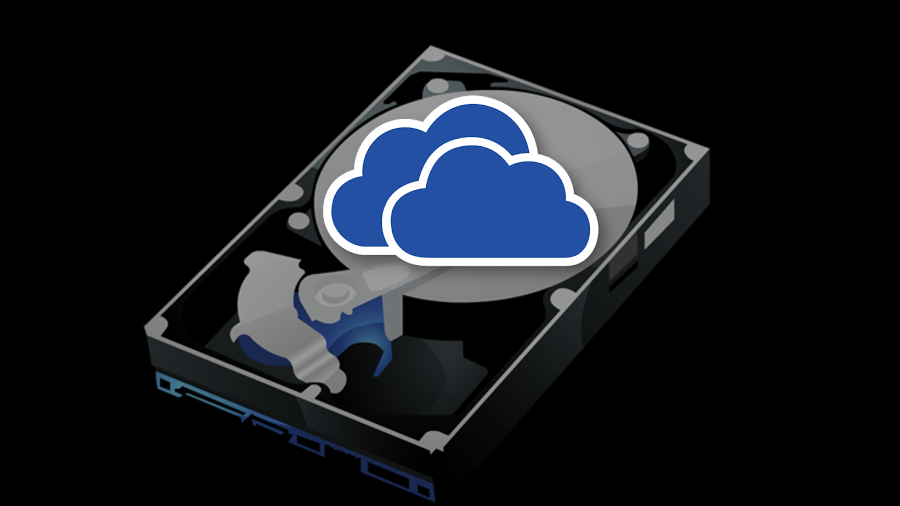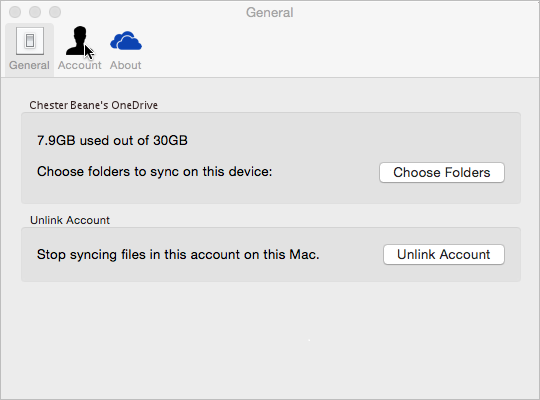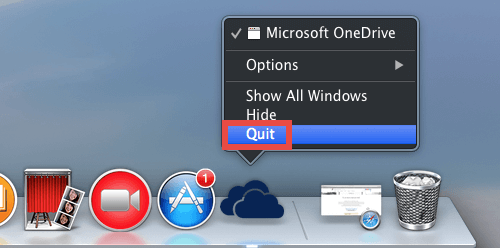

It has well-designed apps not only for a broader range of smartphone and tablet models but also for Mac computers. Its folder system is built into Windows 10’s File Explorer, with no fuss in getting started with it. OneDrive, meanwhile, being a Microsoft product, runs smoothly on Windows PCs. However, if you don’t use Apple devices, you might struggle with iCloud, as its Windows app is difficult to work with, and its web browser interface is basic compared to competitors. There’s little in the way of set-up because if you have an Apple device, you’ll have an iCloud account, and all the software needed to store your files on the cloud is built in. Similarly, iCloud is built into the way that iPhones and iPads organise various types of files-e.g., you can easily synchronise an iPhone’s camera roll with the Photos app across your other devices. Your iCloud folder system comes built into the Mac’s Finder. ICloud works particularly smoothly with Apple devices. iCloud has a maximum file size of 50GB, while OneDrive has an impressive 250GB maximum – though unless you work with seriously large video files, it’s unlikely that you’ll ever need to upload files over 50GB. Both services make this a streamlined and accessible process, with synchronisation being automated and efficient. With both iCloud and OneDrive, you can upload files via desktop app, mobile app, or web browser. OneDrive is built into Windows 10’s File Explorer (Image credit: Microsoft)


Overall, OneDrive offers a broader and more impressive set of features. This customisation means you can divide your files between folders that you want to keep secure and folders where you’re more concerned with quick access. It allows you to set up an area within your drive with additional security measures, such as a fingerprint/face scan or a code sent via email or SMS. When it comes to security features, both iCloud and OneDrive offer two-factor authentication, but OneDrive has an extra tool called the Personal Vault. With Apple’s software, while the iWork apps save version history, there’s no equivalent versioning feature built into iCloud Drive. This works with all file types, not only Microsoft documents but also PDFs, photos, videos, and more. OneDrive has a useful version history tool that allows you to revert files to previous versions from the past 30 days. There are a few similar collaborative features, such as the ability to work simultaneously, but unlike OneDrive, you can’t access and edit documents from the browser interface, which limits you to editing on fully synced devices. ICloud has similar integration with Apple’s iWork apps – Pages, Numbers, and Keynote – which are free to Apple device owners.


 0 kommentar(er)
0 kommentar(er)
